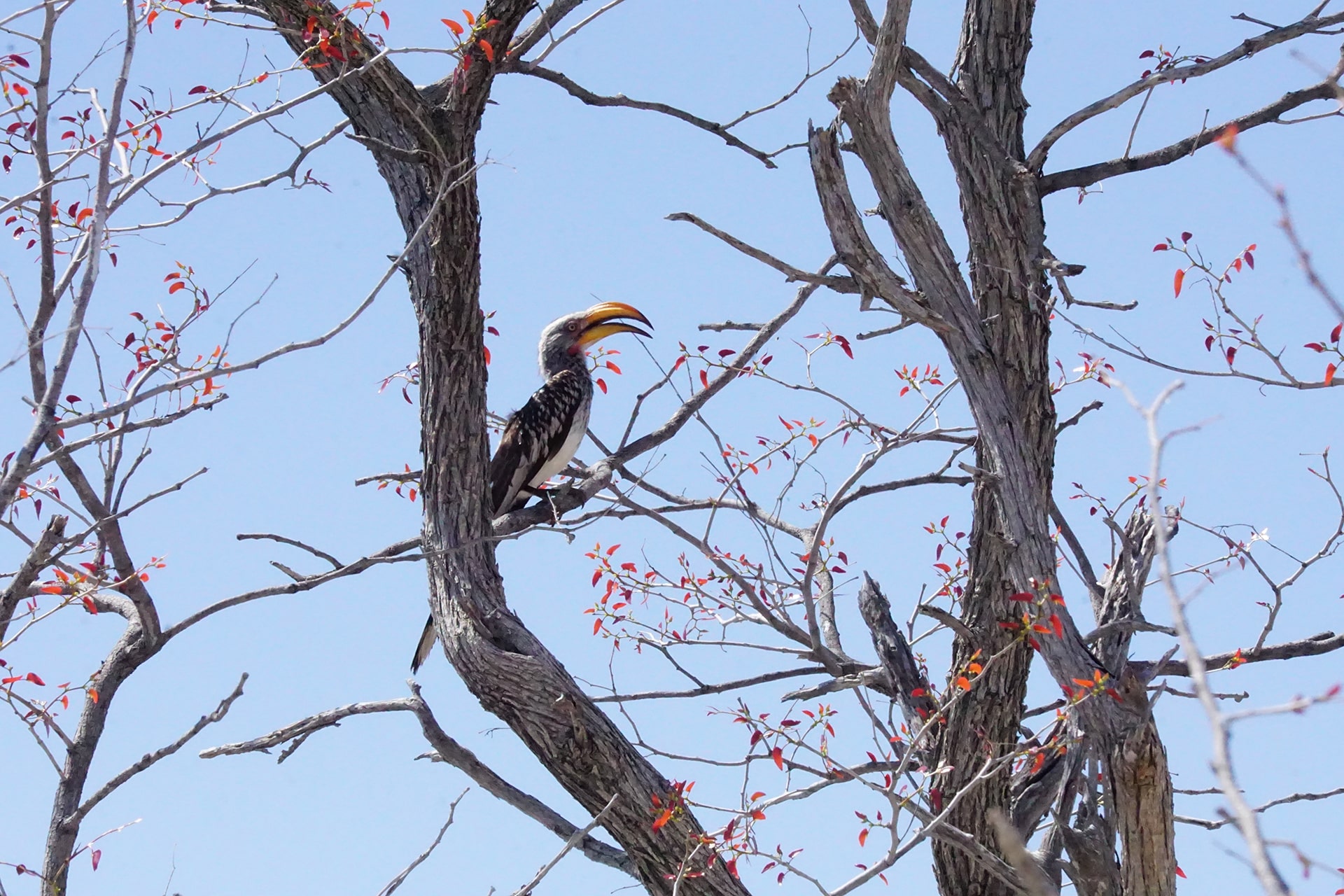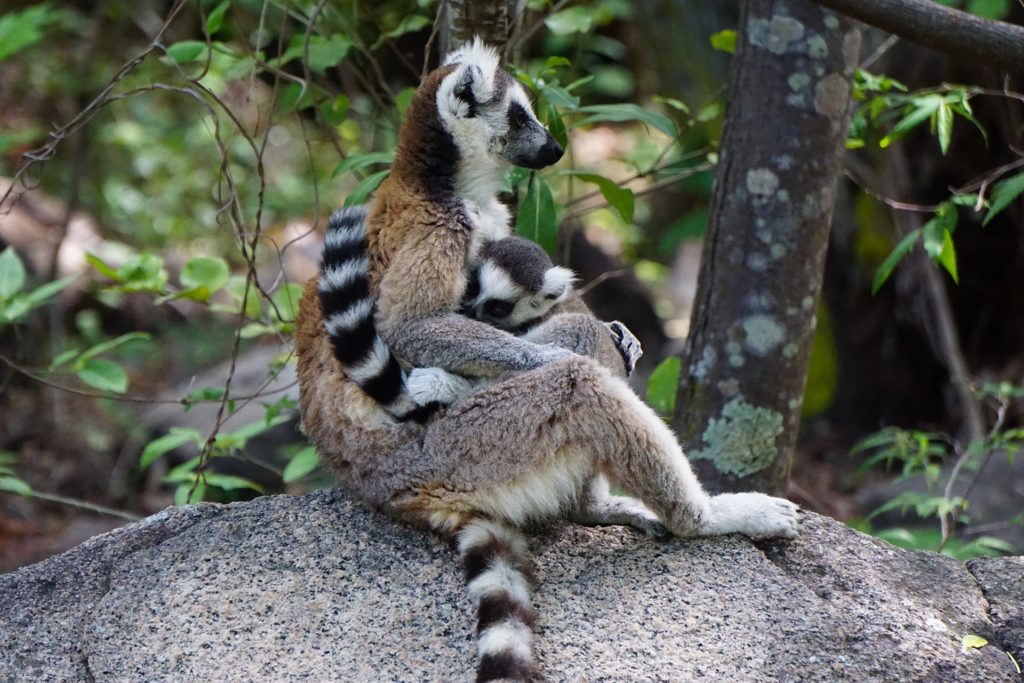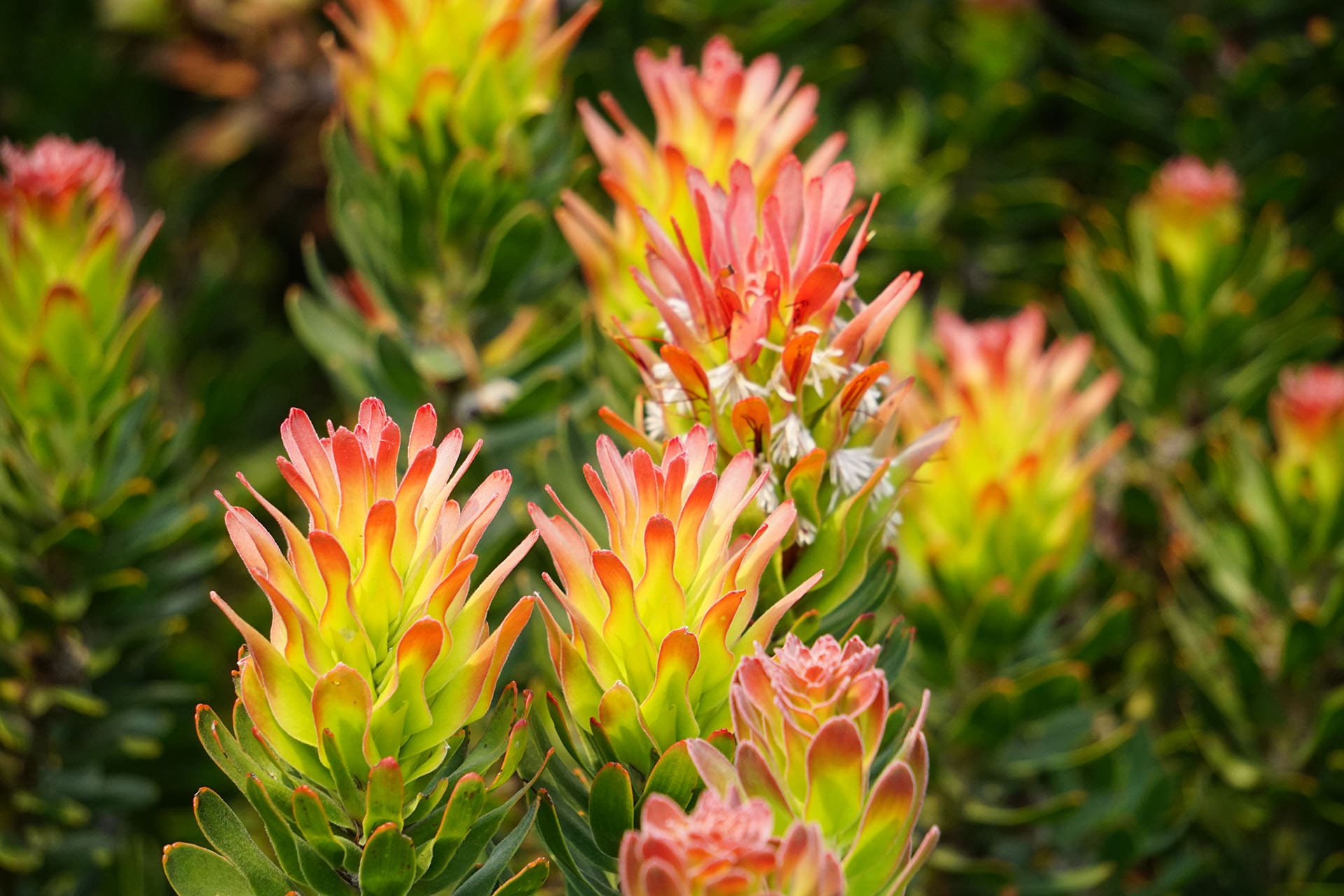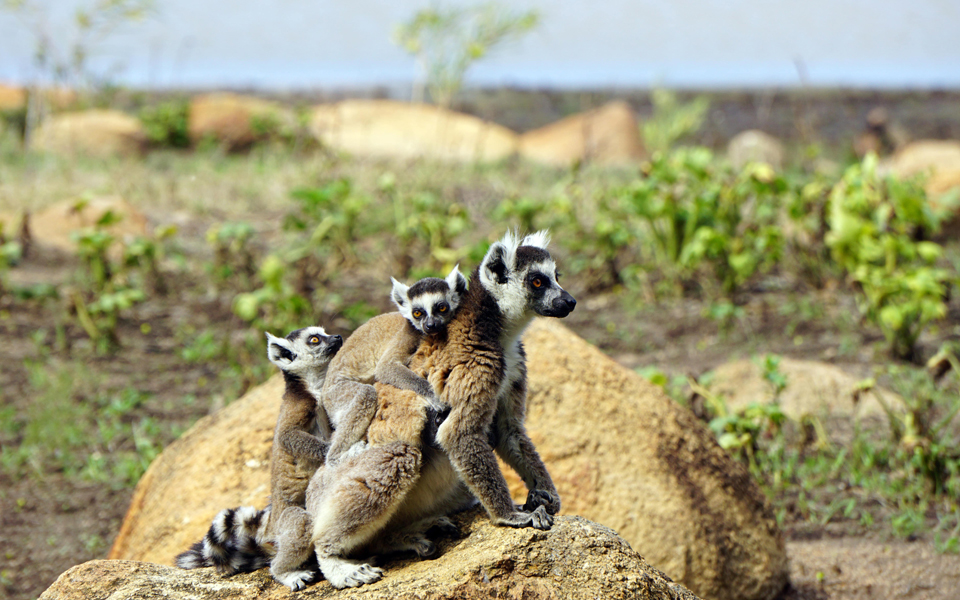Traveling during the shoulder season (immediately before or after the peak-time) has many upsides for independent travelers. During our most recent trip to Africa, we made sure to take full advantage of those. Below is a summary of the most significant considerations, if you plan to travel to Namibia, Madagascar or Cape Town in October-November.
Advantages of “shoulder-time” travel:
- Cut time for trip preparation (skip “well-in-advance” booking)
- Avoid the long lines, wait time and crowds
- Reduce the cost of transportation, accommodation and (oftentimes) activities
- Achieve a wider selection of lodging/dining options and travel itinerary flexibility
- Enjoy unique access to excursions and other experiential products and services (within private or small-group tours)
- Take advantage of unique seasonal sightings at your travel destination
“Off-peak-time” drawbacks:
- Changing, oftentimes unpredictable weather conditions
- Seasonal availability of products and services along your travel routes
Traveling “on the shoulder” would cut the preparation time required prior to the trip. We spent between 3-4 weeks to make all the required arrangements for our trip to Africa.
Shoulder period in Namibia
Although Namibian travel industry is not as well developed as tourism of South Africa, more than half a million people visit the country every year. As a result, the crowding in the popular parts of the country can be an issue during the summer months. In October, however, the influx of tourists decreases considerably, which is likely to make your trip cheaper and more enjoyable.
Despite short preparation time, finding moderately priced accommodation close to major areas of interest was relatively easy. The selection of options also remained reasonable. Most of the time, we could stay at places of our first/second choice and make all the reservations at the rates averaging $110 per night. There were no long lines for pass purchases or excessive idling at the gates of the national parks. We could enjoy most of the game viewing areas in solitude.
Namibian weather is still decent in October – early November and remains largely dry. Early in the spring, the bush is still thinned out, making wildlife watching easy. In the Namib Desert, the heat is largely bearable, especially if you limit the outdoor activities to the mornings and evenings. This is an especially important consideration if you plan to visit Sossusvlei in the Namib-Naukluft National Park.
It is springtime in Namibia and the main flowering and fruiting season for !nara melon and Welwitschia mirabilis, both endemic plants of the Namib Desert. Check out this post with places where to find wild Welwitschia mirabilis.
In the spring, the local birds (including many endemic species) display their vibrant breeding plumage and start building their nests. The extra bonus for the birdwatching enthusiasts is the arrival of the intra-African and Palaearctic migrant birds from Europe, which become a common sight along the roads, the coast and slowly-expanding water sources.

Southern Yellow-Billed Hornbill
However, keep in mind, that the weather patterns have been changing in Namibia in the recent years (just like in the rest of the world). Considerable fluctuations in the temperatures and precipitation have been reported, especially during the shoulder season months.
Springtime in Madagascar
Madagascar is a less-traveled country than South Africa and even Namibia, with tourists typically flocking to the island during May-October winter months.
The weather considerations for Madagascar are rather similar to those described above for the Namibia travel. Late October and early November mark the beginning of the winter-summer transition and the days become increasingly hot and rainy. Many of the roads (including those leading to Tsingy de Bemaraha Strict Reserve) become impassable (even if you hire local expert drivers) and the hikes-physically straining. Finally, the omnipresent smoke from the infamous “slush and burn” agriculture practiced throughout the country in the spring might turn into a nightmare. For those of us with asthma and other respiratory conditions, bringing anti-inflammatory inhalers and cough drops would be wise.
On the bright side, October-November months is precisely the time when most lemur babies are born and may be spotted and more easily observed in the wild. This is true both for sifakas and ringtails, whereas indri lemurs have their young in March-April.

Ringtail lemur baby clinging to his mother
Furthermore, no advance lodging reservations were necessary for this part of our African journey. Traveling during an off-peak season offered us unlimited choices of places to stay and additional travel flexibility while navigating this rather challenging destination.
Cape Wild Flower Season
Cape Town and the surrounding Western Cape region are world famous for their unique flora. It is considered as an important biodiversity hot spot with over B. Most of these are endemic to the area and cannot be found in the wild anywhere else in the world. October and November fall into the best time of the year to visit Kirstenboch Botanical Gardens and to witness the spectacular ” floral display” of fynbos.

Protea Mimetes cucullatus
November is one of the best months to hike up the Table Mountain, according to the experts. Two trails (Skeleton Gorge and Nursery Ravine trails) start from the Kirstenbosch Botanical Gardens at the foot of the mountain.

